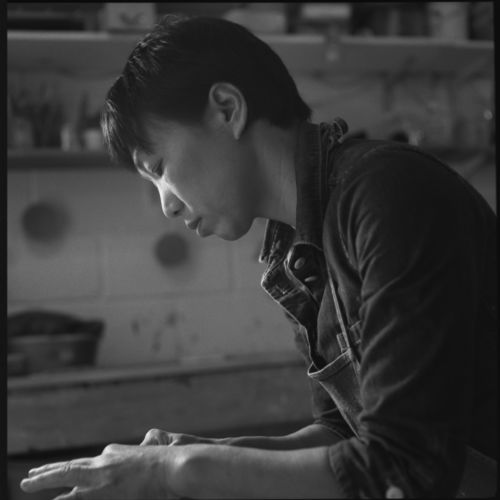We use cookies to help you navigate efficiently and perform certain functions. You will find detailed information about all cookies under each consent category below.
The cookies that are categorized as "Necessary" are stored on your browser as they are essential for enabling the basic functionalities of the site. ...
Necessary cookies are required to enable the basic features of this site, such as providing secure log-in or adjusting your consent preferences. These cookies do not store any personally identifiable data.
Functional cookies help perform certain functionalities like sharing the content of the website on social media platforms, collecting feedback, and other third-party features.
Analytical cookies are used to understand how visitors interact with the website. These cookies help provide information on metrics such as the number of visitors, bounce rate, traffic source, etc.
Performance cookies are used to understand and analyze the key performance indexes of the website which helps in delivering a better user experience for the visitors.
Advertisement cookies are used to provide visitors with customized advertisements based on the pages you visited previously and to analyze the effectiveness of the ad campaigns.

Producing both decorative and functional ceramics, Akiko draws inspiration from her cultural background and its aesthetic traditions. She finds beauty outside of what tends to be considered conventionally attractive and presents these findings through her experimentation with materials and processes in the studio. She employs multiple firings and combines varied techniques. These processes produce highly complex surfaces which are simultaneously unnervingly textured yet deeply satisfying.
“Most of my work comes from everyday things… I consider what I can sense in everyday life while I am experimenting with ceramic materials and then I see what I can do with it.”

‘I build up the surfaces of my pieces spontaneously, riffing on ideas of space, narrative and joy. I get to a point where I can push things a bit, hoping something exciting will happen – and sometimes it does.’

“The work has a strong tactile quality, as does the natural world. I don't wish to imitate nature but aspire to echo the process of nature.”

“Everything created, either functional or decorative, has equal importance,
and the integrity of this thought is the driving force behind my daily practice as
a potter.”

The driving force behind all of Paul Jackson’s
highly decorated work is a desire to express
his Cornish surroundings, with their strong
sense of colour and style. Paul uses white
earthenware to form energetic vessels
which are then decorated with colourful
and painterly abstract decorative motifs,
some influenced by Russian or Islamic art.
Richard Phethean makes ceramics
using coarse textured red and black
earthenware clays referencing
ancient pottery as well as European
slipware traditions. Richard utilises
brush and resist techniques to create
cubist‑inspired abstractions that adorn
both his domestic vessels and altered
and assembled forms.